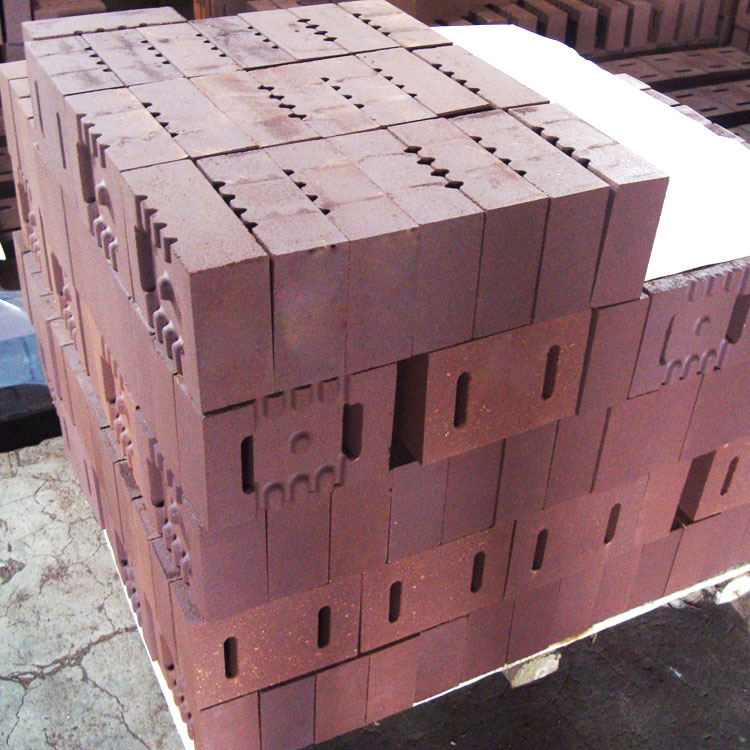.jpg?x-oss-process=image/resize,h_1000,m_lfit/format,webp)
In high-temperature industrial environments, magnesia-chrome bricks play a crucial role. These bricks are essential for industries that operate at extreme temperatures, as they can withstand the harsh conditions and provide reliable insulation and protection. Traditional magnesia-chrome bricks are typically manufactured through two main methods. One is by utilizing the reaction between iron oxide and spinel, and the other is through the synthesis and co-firing of materials.
Unfired magnesia-chrome bricks have their own characteristics. They are known for their simple production process, which significantly reduces production costs. Additionally, they exhibit excellent thermal stability, making them suitable for certain applications. However, unfired magnesia-chrome bricks also have limitations. Their high-temperature strength is relatively poor, which means they may not be able to maintain their structural integrity under extremely high temperatures for an extended period. For example, in some industrial furnaces operating at temperatures above 1500°C, unfired magnesia-chrome bricks may experience deformation or cracking, leading to reduced efficiency and potential safety hazards.
.jpg)
This is where directly bonded magnesia-chrome bricks come into play. Directly bonded magnesia-chrome bricks represent an optimization of traditional magnesia-chrome bricks. The key advantage of directly bonded magnesia-chrome bricks lies in their outstanding high-temperature strength. Through advanced manufacturing techniques, these bricks form a strong direct bond between the magnesia and chrome components, which enhances their ability to resist deformation and damage at high temperatures. In fact, tests have shown that directly bonded magnesia-chrome bricks can maintain up to 90% of their original strength at temperatures up to 1700°C, compared to only about 60% for unfired magnesia-chrome bricks under the same conditions.
The excellent high-temperature strength of directly bonded magnesia-chrome bricks makes them highly suitable for various high-temperature production processes in industries such as metallurgy and glass manufacturing. In the metallurgical industry, directly bonded magnesia-chrome bricks are widely used in steelmaking converters and electric arc furnaces. These bricks can withstand the intense heat and chemical corrosion during the steelmaking process, ensuring the stable operation of the furnaces and improving the quality of the steel products. In the glass industry, directly bonded magnesia-chrome bricks are used in glass melting furnaces. They can resist the high temperatures and corrosive effects of molten glass, extending the service life of the furnaces and reducing production downtime.

Let's take a look at a real - world case. A large steelmaking company in Europe was facing frequent furnace repairs and high production costs due to the use of inferior refractory materials. After switching to directly bonded magnesia-chrome bricks, the company noticed a significant improvement. The service life of the furnaces increased by up to 30%, and the production efficiency improved by 15%. This not only reduced the maintenance costs but also increased the overall output of the company.
In conclusion, directly bonded magnesia-chrome bricks are an ideal choice for enterprises looking to enhance their competitiveness, reduce costs, and ensure production quality. With their excellent high-temperature strength, long service life, and wide range of applications, these bricks can provide a reliable solution for high-temperature industrial environments. If you are interested in learning more about directly bonded magnesia-chrome bricks or have any questions, please feel free to contact us. We are more than happy to provide you with detailed product information and professional technical support.
Ready to take your high-temperature industrial operations to the next level? Choose directly bonded magnesia-chrome bricks and experience the difference. Contact us today to learn more about our products and how they can benefit your business!

